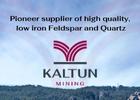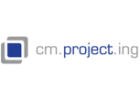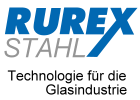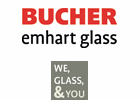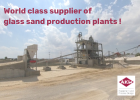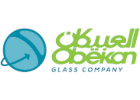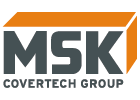INFO
Essas são as informações básicas da empresa. A empresa fornece informações detalhadas adicionais, tais como Web site, fax e números de telefone, pessoas de contacto, a história e os dados da empresa.
Para obter acesso a essa informação, ou para impressão do perfil de empresa, é preciso ter uma validade "Profile Access" para glassglobal.com. Informações para reservas estão disponíveis no Informaçaos e preços .
Informações de contato
| Endereço | Molecular Solar Limited The Venture Centre Sir William Lyons Road Coventry CV4 7EZ |
| Get in contact with Molecular Solar Limited |
Produtos / Máquinas
The challenge to all new photovoltaic (PV) technologies is to reduce the cost of solar electricity generation to be competitive with the cost of conventionally generated electricity at the point of use. When this Grid Parity is achieved an immense non-subsidised market for PV will emerge. Organic photovoltaic (OPV) technology offers long term opportunities to meet this goal since the basic material is low cost and has no supply constraint. However, the efficiency and lifetime of current OPV systems do not meet the basic requirements for grid-connected electricity generation. The first generation of OPV technology will however be particularly well matched to lucrative, high volume consumer applications for the following reasons:
- Low material cost and sustainability.
- Non-toxic components.
- Unconstrained end-of-life disposability/recyclable.
- High power-to-weight ratio for portability.
- High-speed deposition reducing unit capital investment.
- Flexible substrate enabling compact and versatile product form.
- The potential for significant efficiency improvement through the discovery or engineering of new or tailored compounds.
